|
|
|
|
|
|
|
|
Photo Gallery for Anolis carolinensis - Green Anole
| 33 photos are available. Only the most recent 30 are shown.
|
 | Recorded by: Erich Hofmann and Kayla Weinfurther
Brunswick Co.
Comment: |  | Recorded by: Andrew W. Jones
Polk Co.
Comment: |
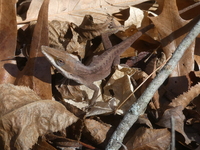 | Recorded by: Paul Hart
Harnett Co.
Comment: | 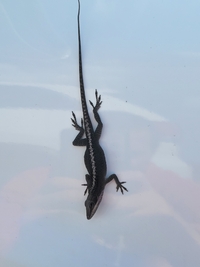 | Recorded by: Travis McLain
Cabarrus Co.
Comment: |
 | Recorded by: Travis McLain
Harnett Co.
Comment: |  | Recorded by: Travis McLain
Gaston Co.
Comment: |
 | Recorded by: G. Schneider
Onslow Co.
Comment: | 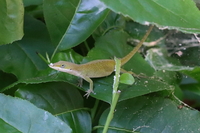 | Recorded by: Travis McLain
Montgomery Co.
Comment: |
 | Recorded by: Mark Shields
Onslow Co.
Comment: | 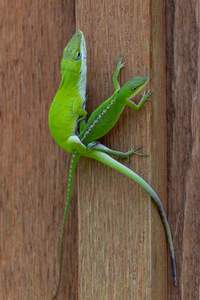 | Recorded by: Mark Shields
Onslow Co.
Comment: |
 | Recorded by: Travis McLain
Mecklenburg Co.
Comment: | 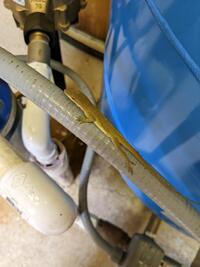 | Recorded by: J. Russell
Burke Co.
Comment: |
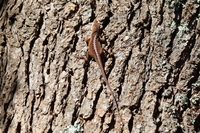 | Recorded by: Travis McLain
Union Co.
Comment: |  | Recorded by: Travis McLain
Anson Co.
Comment: |
 | Recorded by: Travis McLain
Stanly Co.
Comment: | 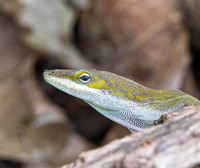 | Recorded by: Steve Hall
Durham Co.
Comment: |
 | Recorded by: B.Fleming
Carteret Co.
Comment: |  | Recorded by: Hunter Phillips
Onslow Co.
Comment: |
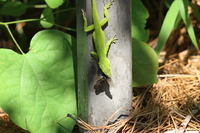 | Recorded by: Travis McLain
Randolph Co.
Comment: |  | Recorded by: Erich Hofmann
Craven Co.
Comment: |
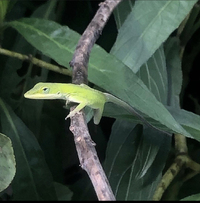 | Recorded by: Skyla Stuckey
Moore Co.
Comment: | 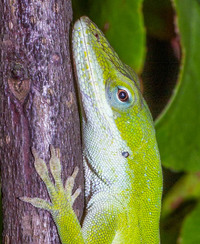 | Recorded by: Steve Hall, Todd Pusser, Bo Sullivan
Scotland Co.
Comment: Adult male, showing details of head scalation and expanded toe pads |
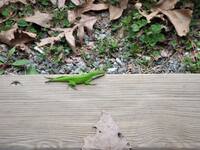 | Recorded by: J. Oksnevad
Gaston Co.
Comment: |  | Recorded by: J. Oksnevad
Gaston Co.
Comment: |
 | Recorded by: Erich Hofmann
Carteret Co.
Comment: |  | Recorded by: Gretchen Schramm
New Hanover Co.
Comment: Adult male doing a dewlap display |
 | Recorded by: C. Long
Wayne Co.
Comment: |  | Recorded by: Steve Hall and Harry LeGrand
Martin Co.
Comment: Gravid female |
 | Recorded by: Steve Hall and Harry LeGrand
Halifax Co.
Comment: |  | Recorded by: Carla Edwards
New Hanover Co.
Comment: |
|
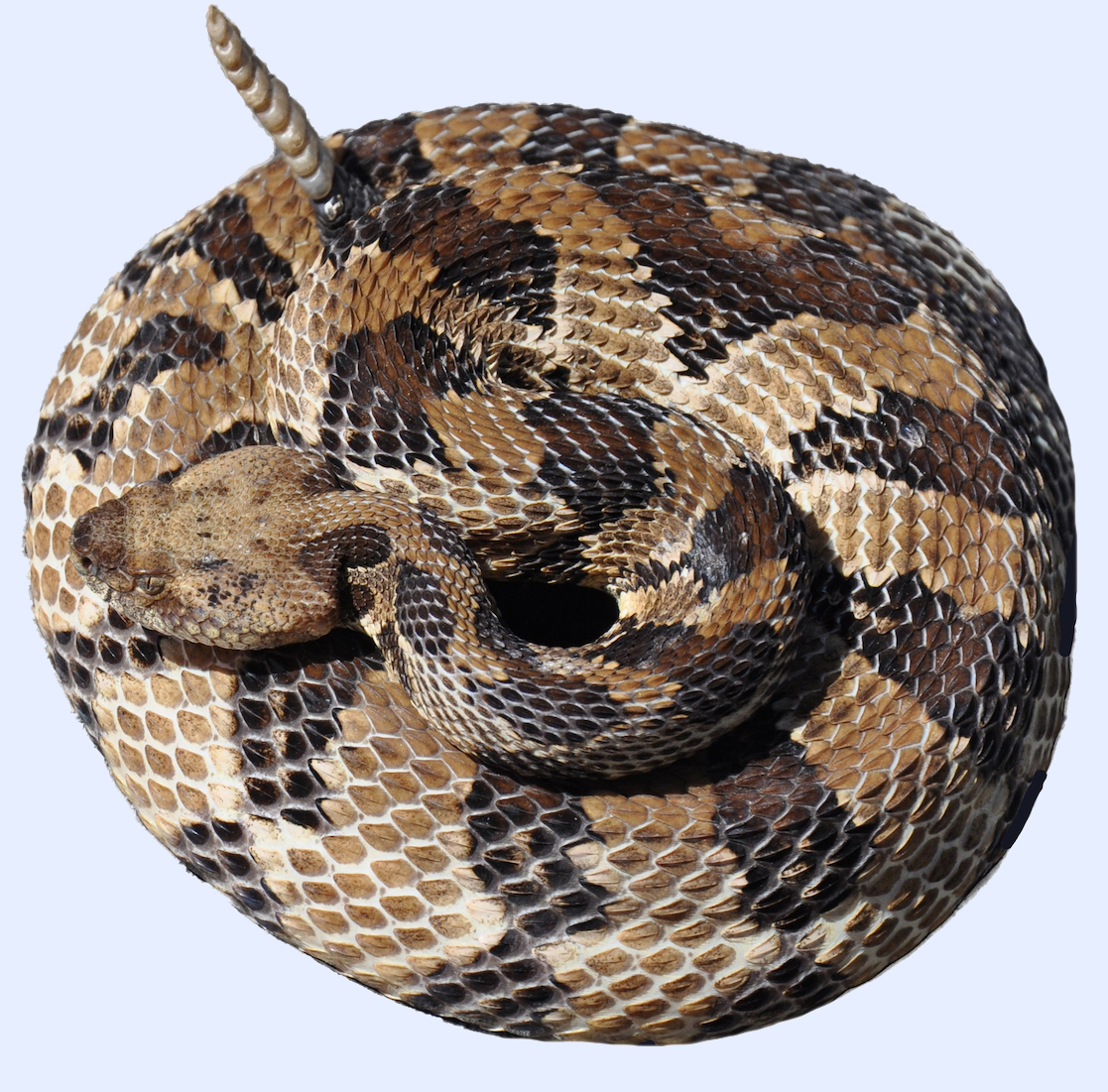
 »
» 




 »
» 


